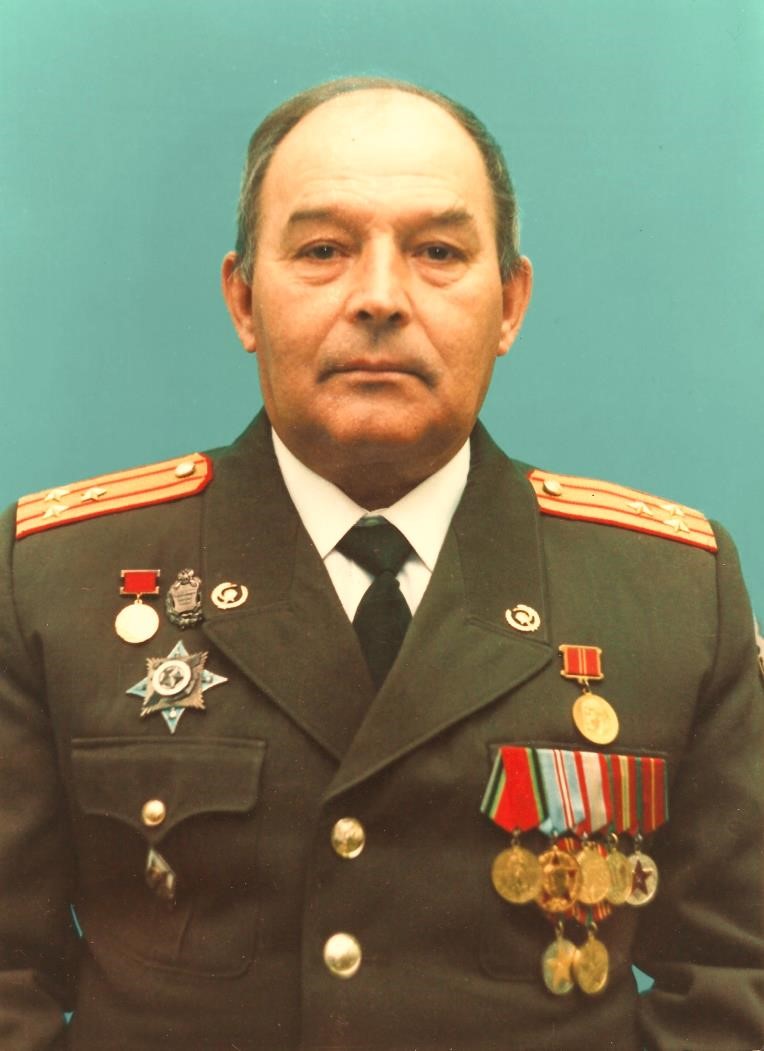
«Journal of NBC Protection Corps» is a peer-reviewed scientific and practical journal, publishing papers in the fields of chemical and biological threats to the Russian Federation. It covers scientific achievements in the main spheres and tasks of the NBC Protection Troops. The objective of the journal is to improve the professional level of specialists of the NBC Protection Troops, to revive the interest in their history and to attract young scientists to the work in scientific research organization of the NBC Protection Troops. «Journal of NBC Protection Corps» is the only journal in the Russian Federation that examines the scientific problems of compliance with the conventions on the prohibition of chemical and biological weapons, as well as the history of the use of chemical and biological weapons in wars and conflicts.
Current issue
BIOLOGICAL SECURITY AND PROTECTION AGAINST BIOLOGICAL THREATS
WEAPONS AND MEANS OF NBC PROTECTION TROOP
HISTORICAL ARCHIVE
Journal chronicle
2025-04-15
Рембовский Владимир Романович
К 80-летию со дня рождения

22 апреля 2025 г. исполняется 80 лет ветерану 33 Центрального научно-исследовательского испытательного института Министерства обороны Российской Федерации (33 ЦНИИИ Минобороны России), заслуженному деятелю науки Российской Федерации, лауреату Государственной премии СССР, доктору медицинских наук, профессору, действительному члену Академии военных наук, Международной академии наук экологии, безопасности человека и природы полковнику медицинской службы в отставке Рембовскому Владимиру Романовичу.
Владимир Романович Рембовский родился 22 апреля 1945 г. в г. Корец, Корецкого района, Ровенской области, Украинской ССР. В 1966 г. поступил в Военно-медицинскую академию им. С.М. Кирова, которую закончил с золотой медалью в 1972 г. После окончания академии лейтенант медицинской службы В.Р. Рембовский был направлен в 33 ЦНИИИ Минобороны России, где он проходил службу от лейтенанта до полковника в должностях младшего, старшего научного сотрудника, заместителя начальника отдела, начальника отдела, заместителя начальника управления, начальника управления. С 1990 г. по 2001 г. полковник медицинской службы Рембовский В.Р. возглавлял науку 33 ЦНИИИ Минобороны России в должности заместителя начальника института по научно-исследовательской и испытательной работе. Более 29 лет посвятил Владимир Романович Рембовский военной науке. На всех занимаемых в 33 ЦНИИИ Минобороны России должностях проявил себя как талантливый ученый, обладающий обширными знаниями, авторитетный научный руководитель с высоким профессионализмом и большим опытом глубоких исследований в области токсикологии, биохимии, иммунологии, токсикокинетики, физиологического нормирования работо- и боеспособности военных специалистов.
| More Announcements... |




























